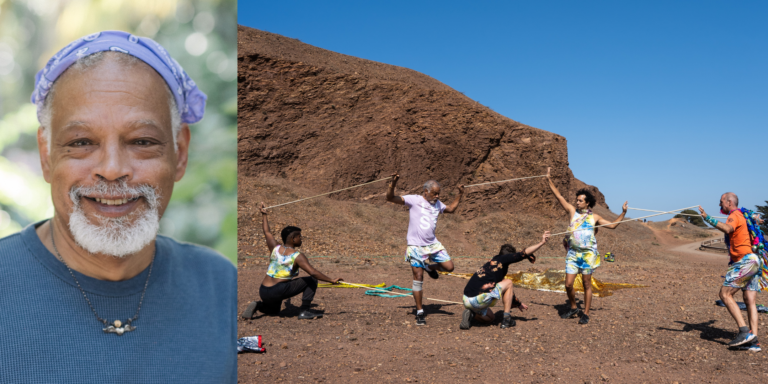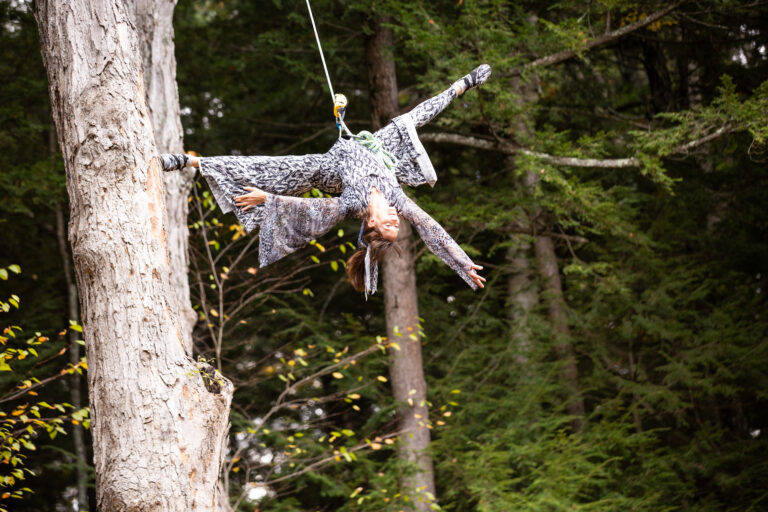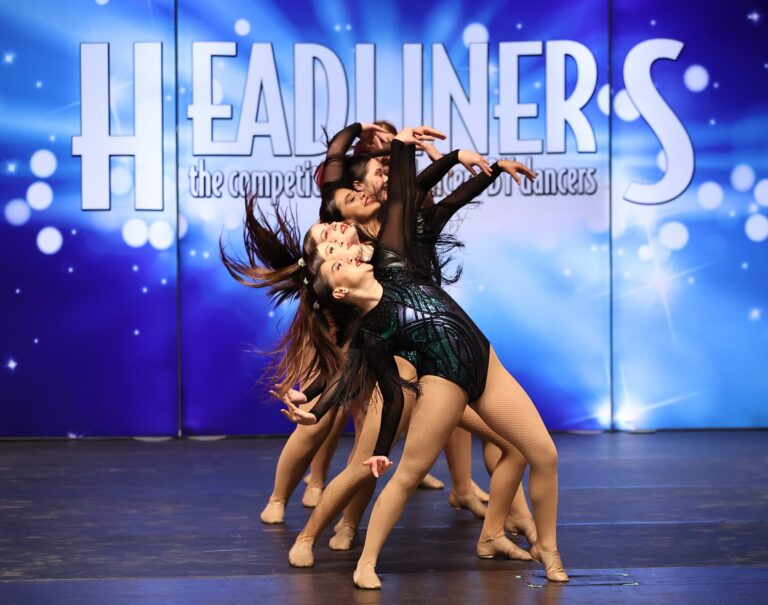
As dance educators, we often spend most of our time separate from our colleagues. Standing alone at the front of a studio as a vessel of information and advice requires a strong presence, and although this kind of individuality can be empowering, the dynamic doesn’t always cater to a communal atmosphere.
In an ideal world, all dance schools would exist as harmonious environments where colleagues are eager to connect and share ideas with one another. And while many organizations encourage engagement, building relationships in a new workplace can be challenging due to the nature of the job.

At best, dance teachers may link up in monthly faculty meetings or fleeting moments before or after class. But even if time allows for a connection, strong personalities and personal anxieties may make it stressful to get to know colleagues beyond salutations.
So what should one keep in mind when entering a new workplace in order to develop camaraderie and harmony with already established colleagues? Dance Teacher spoke with three dance educators to find out.
First Impressions Aren’t Everything
Many of us have social anxiety around first interactions. But it’s important to remember that everybody has their own individual experiences all day, every day. So, if and when somebody doesn’t mirror the warm welcome you offer them, try not to take it personally.

Perhaps another teacher is mentally working through their class material when you say hello, and engaging will leave them unprepared for the day. It’s also common for teachers to work multiple jobs at different schools, so an awkward interaction may occur if one doesn’t realize their co-worker is rushing out the door to their next job.
For Kelly Ann Vitacca, director of Vitacca Ballet, when entering a new environment, “I’m not typically the first person to talk unless it is my role to guide the space. I tend to take a step back and observe. A step back isn’t necessarily a long period of time. But I do like a moment to assess the space and read the room.”
Taking note of a colleague’s energy before engaging may be a good guide as to when individuals are more receptive to interacting. A simple “Hello, how are you?” and taking note of how responsive somebody is may inform you whether it’s a good moment to break the ice for deeper engagement or to wait for a more conducive time.
We’re All Just People
The dance world is full of individuals who have visibility in the public eye. If you find a colleague in a publication or view their social media, it’s natural to develop an opinion before you know much about them. However, it can be misinforming to enter new relationships with inaccurate, preconceived notions of a person.

“For much of my career, I have met people whose work I have admired,” says Amy Seiwert, incoming artistic director of Smuin Ballet. “Currently, I’m working with Annabelle Lopez Ochoa. I knew her choreography before I knew her personally, and, to be honest, I was a little starstruck. But once I got to know her, we became friends and I realized she is a person just like me and I’m a person just like her.”
When Adji Cissoko, a dancer with Alonzo King LINES Ballet, performed at the Vail International Dance Festival, she shared similar sentiments. “When I was first invited to Vail, I was the only one from my company. I was positively surprised to be warmly welcomed, especially by several world-famous dancers. We bonded after realizing we were all out of our comfort zones. I came to understand the importance of learning who somebody is in their relationship with me, not judging them based on how they are presented to the general public.”
It’s natural to put people on pedestals when they hold positions you may hope to find yourself in down the line. But in the process of idolizing a person’s situation, we often build them up artificially. Reminding yourself that your value isn’t diminished by other people’s perceived worth can reduce the pressure of feeling like you have to act a certain way in the presence of somebody you admire.
Built-In Connection Points
Building strong work relationships takes time. It may make you feel that you must make a strong impression quickly. But having a genuinely warm presence, listening attentively to what others have to say, and waiting for clear moments to share your ideas are keys to developing rapport, trust, and respect from your colleagues.
A naturally warm presence helps Cissoko quickly break the ice with new colleagues. “I like to engage with people immediately. When I enter a room and greet everybody with a smile, I can see them relax,” she says.
Even when a colleague is warm and welcoming, finding a point of connection may be helpful in guiding one deeper into conversation. Seiwert, who shares she is a natural introvert, mentions: “I have to work to put myself out there. But with practice, it’s not so bad. Especially as I have evolved into administrative positions, I have learned everybody at this level in our field is there because they care about the art. There is already a built-in connection point. Reminding myself of this can make interacting more organic and less stressful.”

Handling Stressors
Whether new to an organization or not, there are bound to be times when the balance of harmony in a workplace is challenged. While leadership and directness are seen as positive qualities at the front of the studio, these attributes may also be challenging to work with as a team or on a social level. Perhaps two teachers disagree on lesson plans or one individual has a different approach altogether. How can you maintain harmony in these moments?
As director of both a school and a professional troupe, Vitacca sees handling stressful situations as a part of her work. “My job as a director is to be mindful of elements that may not be working, troubleshoot them, and then request time to communicate with a clear dialogue. Communication is key. If we are all professional and dialogue effectively with the goal of resolution, we can get through anything together.”
Seiwert adds: “Especially in the arts, we all care so passionately about what we are doing. For most of us, it’s much more than a job. It can be hard to take personal emotion out of conflict because everybody cares so deeply. So if we acknowledge this and understand that we have the same goal, we can recognize everybody’s contributions and move past the issue.”





